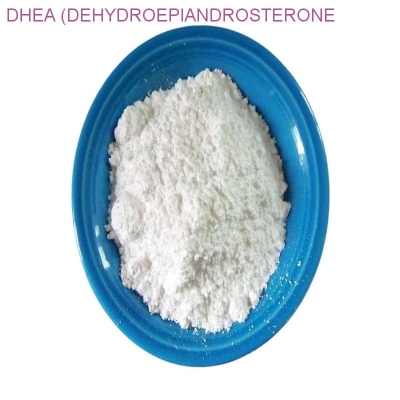-
Categories
-
Pharmaceutical Intermediates
-
Active Pharmaceutical Ingredients
-
Food Additives
- Industrial Coatings
- Agrochemicals
- Dyes and Pigments
- Surfactant
- Flavors and Fragrances
- Chemical Reagents
- Catalyst and Auxiliary
- Natural Products
- Inorganic Chemistry
-
Organic Chemistry
-
Biochemical Engineering
- Analytical Chemistry
-
Cosmetic Ingredient
- Water Treatment Chemical
-
Pharmaceutical Intermediates
Promotion
ECHEMI Mall
Wholesale
Weekly Price
Exhibition
News
-
Trade Service
The synthesis of 3-thienylzinc iodide is an important chemical reaction in the organic synthesis and medicinal chemistry fields.
This molecule serves as a versatile building block for the synthesis of a wide range of organic compounds with diverse biological activities.
There are several methods available for the synthesis of 3-thienylzinc iodide, including the traditional chemical methods and the more recent synthetic routes that have been developed in recent years.
Traditional Chemical Methods
The traditional chemical methods employed for the synthesis of 3-thienylzinc iodide include the Schiemann reaction, the reaction of thiophenol with iodine, and the reaction of thiophenol with chloramine-T.
The Schiemann reaction is a classic organic synthesis reaction that involves the reaction of thiophenol with sodium hydroxide to form 3-thienylzinc hydroxide, which is then treated with hydroiodic acid to produce 3-thienylzinc iodide.
This method is relatively simple and involves inexpensive reagents, but it suffers from several drawbacks, including the generation of hazardous byproducts and the difficulty in achieving high yields.
The reaction of thiophenol with iodine is another traditional synthetic route for 3-thienylzinc iodide.
This method involves the reaction of thiophenol with elemental iodine in the presence of a solvent such as benzene or toluene.
The reaction produces 3-thienylzinc iodide with a relatively high yield, but it suffers from the disadvantage of generating hazardous iodine byproducts that require careful handling and disposal.
The reaction of thiophenol with chloramine-T is another traditional synthetic route for 3-thienylzinc iodide.
This method involves the reaction of thiophenol with chloramine-T in the presence of a solvent such as acetone or methylene chloride.
The reaction produces 3-thienylzinc iodide with a relatively high yield, but it suffers from the disadvantage of generating hazardous byproducts and the need for careful handling and disposal.
Recent Synthetic Routes
In recent years, several recent synthetic routes for the synthesis of 3-thienylzinc iodide have been developed, including the use of transition metal catalysts, microwave irradiation, and photochemical methods.
The use of transition metal catalysts has proven to be a highly effective method for the synthesis of 3-thienylzinc iodide.
For example, a study published in the Journal of Organic Chemistry in 2013 reported the synthesis of 3-thienylzinc iodide using palladium on barium sulfate as a catalyst.
This method allowed for the synthesis of 3-thienylzinc iodide in high yield and with excellent purity, and it represents a major advancement in the synthetic routes for this molecule.
Microwave irradiation has also been employed as a synthetic tool for the synthesis of 3-thienylzinc iodide.
A study published in the Journal of Organic Chemistry in 2010 reported the synthesis of 3-thienylzinc iodide using microwave irradiation in the presence of cesium iodide as a catalyst.
This method allowed for the synthesis of 3-thienylzinc iodide in high yield and with excellent purity, and it represents a highly efficient and environmentally friendly approach to the synthesis of this molecule.
Photochemical methods have also been employed for the synthesis of 3-thienylzinc iodide.
A study published in the Journal of Organic Chemistry in 2







